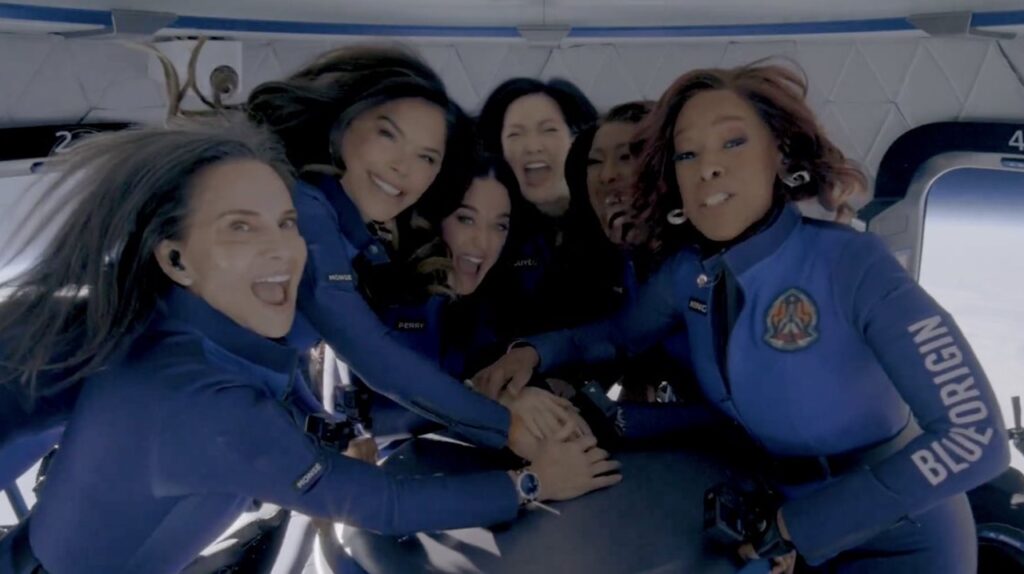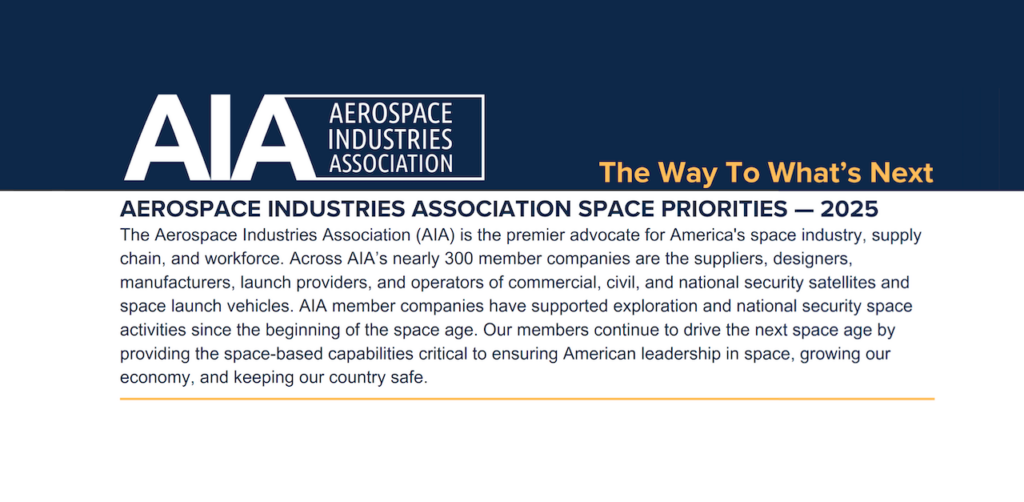What Is NASA's Venture Class Launch Service Announcement?

NASA to Announce Selections for Small Satellite Launch Contract
“NASA will host a news conference at 1 p.m. EDT on Wednesday, Oct. 14, at the agency’s Kennedy Space Center in Florida to announce the outcome of the Venture Class Launch Service (VCLS) competition. The news conference will air live on NASA Television and the agency’s website.”
 Keith’s note: NASA issued these Venture Class Launch Service contract awards last week. Rocket Lab got $6,950,000, Firefly got $5,500,000, and Virgin Galactic got $4,700,000 (or is there a missing decimal point?). What else is NASA going to announce?
Keith’s note: NASA issued these Venture Class Launch Service contract awards last week. Rocket Lab got $6,950,000, Firefly got $5,500,000, and Virgin Galactic got $4,700,000 (or is there a missing decimal point?). What else is NASA going to announce?
– NASA KSC Contract Award: Venture Class Launch Service – Rocket Lab USA
– NASA KSC Contract Award: Venture Class Launch Service – Firefly Space Systems
– NASA KSC Contract Award: Venture Class Launch Service – Virgin Galactic
“VCLS is a Firm-Fixed Price contract for a dedicated launch service for U-Class satellites with NASA having sole responsibility for the payload on the launch vehicle. NASA Launch Services Program (LSP) supports the CubeSat Launch Initiative (CSLI) by providing launch opportunities for CubeSats that are currently on the manifest back log.”









Yes, Keith those amounts were strange. I think what you say is correct. Watched the Black Brandt 9, made in Canada, launch last night. The fins do spin it up for stability. There is a 12 version and at highest point goes 1000 miles up. Decrease the elevation and it might go into orbit. I went to the company website that made the rocket and they say they can make any solid rocket motor you want. Sounds like ATK. They sound like they can make a Black Brandt 13 to orbit cubesats. They have 98% success rate on 1000 launches. I wish that NASA would also do a SRM booster.
Just because a sounding rocket can reach a peak altitude of 1000 miles does not necessarily mean it could make it into orbit with some simple changes. The devil is in the details here. Everything from the delta-V of each stage to aerodynamics to guidance and control comes into play.
The dollar amounts are not that far off for the kg to LEO, in so far as being challenging prices at the ranges of some few hundred kg payload. This is much more than a single cubesat capability.
Black Brandt has no orbital capability at all under any angle, etc. That surprised me, but it was looked into some years ago. An attempt at a business with some Black Brandt parts is documented in the 90’s in “The Orbital Express Project of Bristol Aerospace and MicroSat Launch Systems”. (It makes good reading on the technical challenges as well as the B2B and cost/pricing difficulties.)
Now 20 years later we can see a path to making these ideas on small-launch viable as growing businesses – as small sat’s with ever more usable, practical capability can provide demand, and the relation between engineering the launch systems, people processes, and company costs are much better understood.
Time will tell, but the investments by NASA here are very important towards jump-starting this sector. One day then it can be mostly about non-government business and NASA gets even lower prices by using that matured capability. Much like COTS/CRS and the “air-mail” approach to investment.
It may be “much more than a single cubesat capability”, but I suspect it is intended to launch CubeSats. 60 kg is, including standard deployers, about 30 U worth of CubeSats (e.g. 10, 3U or 5 6U, or 30 1U, or any combination you like.)
Those numbers (about $5 mill per launch) is right on the money for those launchers.
“The NASA Launch Services Program (LSP) is seeking a NASA dedicated launch service for U-Class satellites, with NASA having sole responsibility for the payload on the launch vehicle. This contract will consist of a single launch with a 60 kg minimum payload mass or two launches each with a 30 kg minimum payload mass. The launch(s) shall occur at a Contractor-specified launch date, which shall be no later than April 15, 2018.
…
The Contractor shall provide a launch vehicle system for U-Class satellites that shall be capable of delivering a total minimum payload mass of 60 kg (includes contractor supplied deployment mechanism and U-Class satellites) to an orbital altitude of 425 km with an orbit inclination between 33 to 98 degrees. The Contractor shall determine the total number of U-Class satellites, deployment mechanism, and mass reserves that the launch vehicle(s) will be able to accommodate. All vehicle performance in excess of the minimum contract requirement, and based on reasonable launch vehicle performance margins and reserves, shall be made available to NASA at no additional cost.
The Contractor shall perform launch vehicle planning, analysis, design, development, production, integration, and testing required to provide the launch service appropriate to transport the payload to the desired orbit.
“
Plus see:
“(Rocket Labs’s) Electron is quite an affordable option as far as orbital launches are concerned, with each liftoff costing just $4.9 million.”
or
Firefly:
“…launch options include delivering a 120-kilogram payload to a 500-kilometer sun-synchronous orbit for $4.95 million,”
Actually, a close reading of the Solicitation will note that about 2 weeks into the contract, it is possible for the first review. (Strategic Requirements Review). The contracts can be cancelled at any review at NASA’s discretion. There may be an announcement after all !